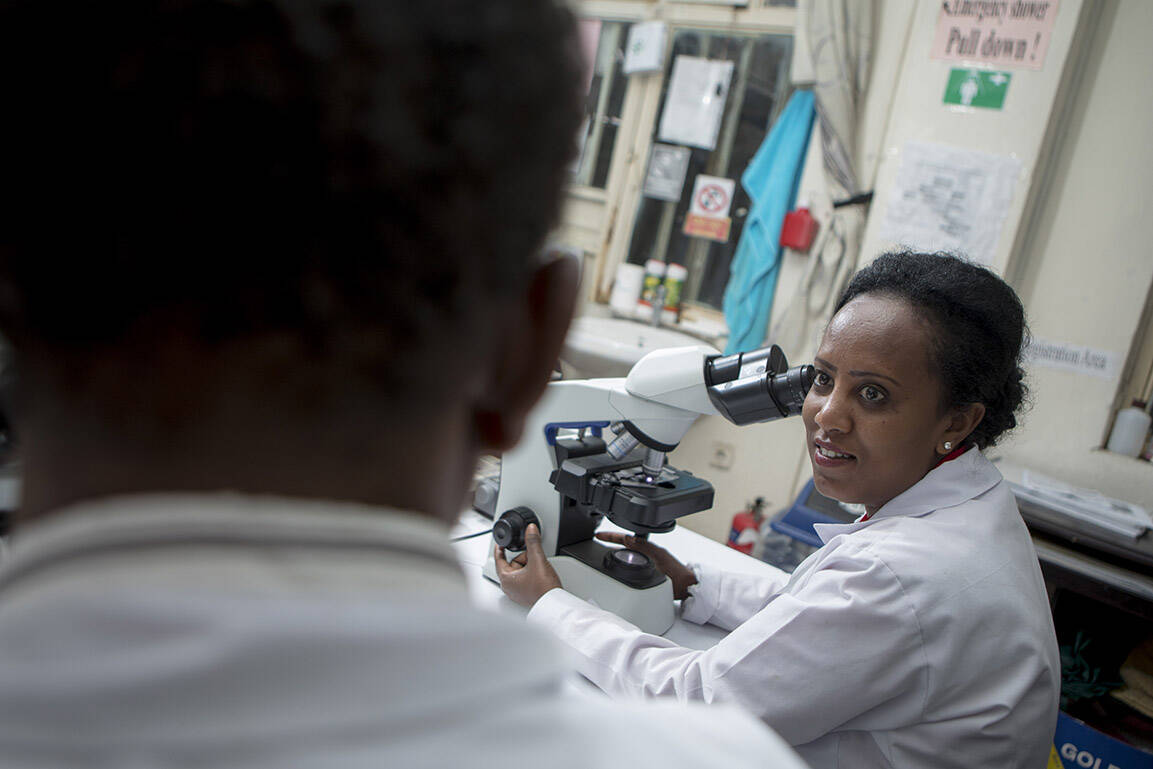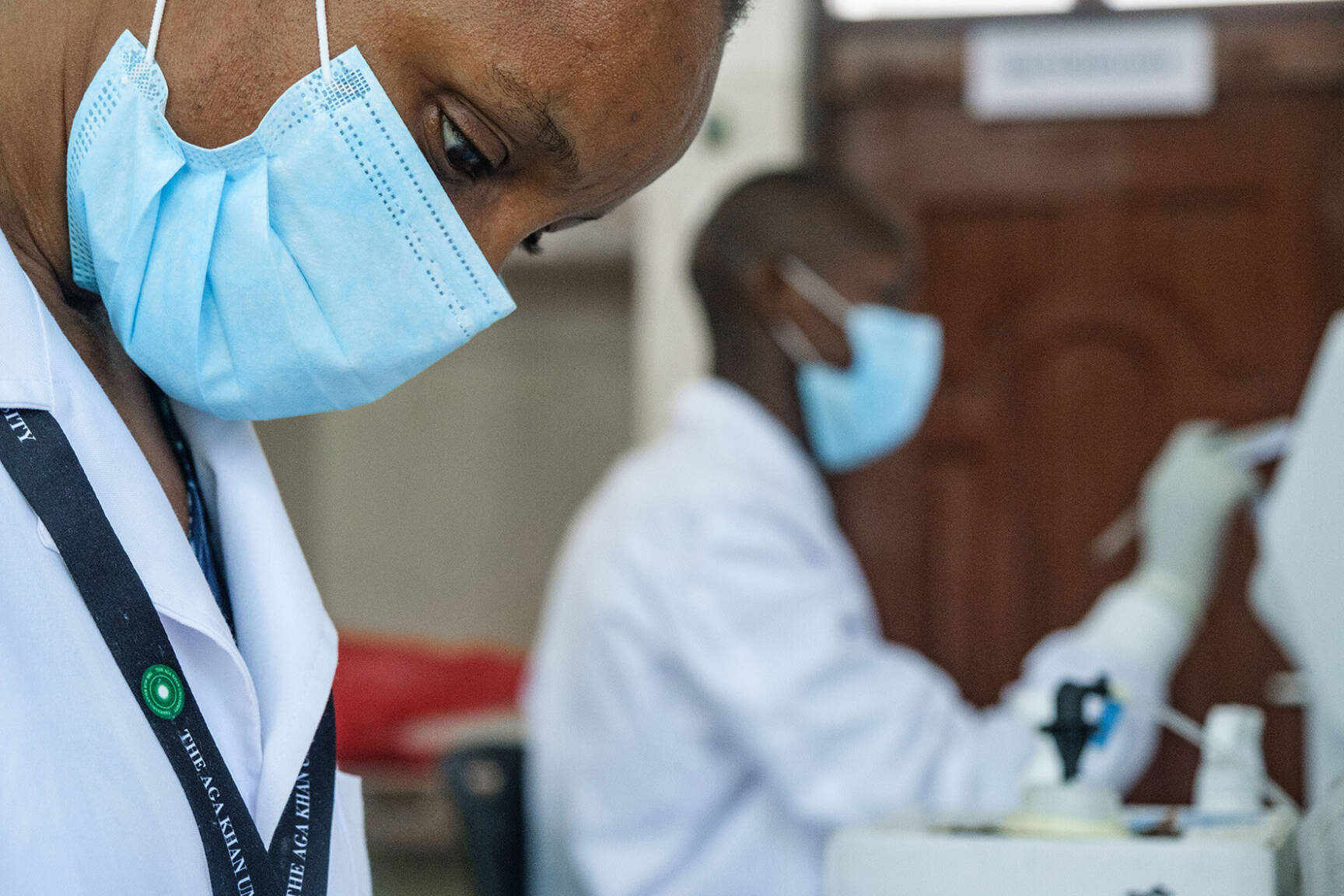
scroll down
An EDCTP2-funded trial has found that lower doses of yellow fever vaccine still generate immune responses predicted to be protective against infection, potentially enabling more people to be protected when vaccine supplies run low.

The trial compared immune responses to four doses of the yellow fever vaccine produced by the Institut Pasteur Dakar, Senegal – 250, 500 and 1000 international units (IU) – to those induced by the full-dose vaccine (13,803 IU). Almost 500 participants in Kenya and Uganda were randomly assigned to receive one of the four doses.
The trial assessed seroconversion, defined as a boost to yellow fever antibody levels to four times baseline levels 28 days after vaccination. The 1000 IU and 500 IU doses were found to be non-inferior to the regular dose, while the 250 IU was borderline.
Fractional dosing currently delivers a dose of 1000 IU. These results suggest that a lower dose would also be effective, perhaps including 250 IU in situations of severe shortage, allowing many more people to be protected.
Yellow fever outbreaks continue to affect tropical regions, particularly equatorial Africa. An estimated 100,000 severe cases occur each year, with mortality of up to 60%.
A highly effective yellow fever vaccine exists but is not straightforward to manufacture. This can lead to supply shortages, particularly during large outbreaks. To address this issue, when necessary, WHO recommends ‘fractional dosing’, use of one fifth of the regular dose, which still provides good protection.
However, this recommendation is based on relatively old data and it is unclear what the minimal effective dose is. The EDCTP2-funded NIFTY trial set out to address this gap in knowledge.
Optimising yellow fever vaccine dosage